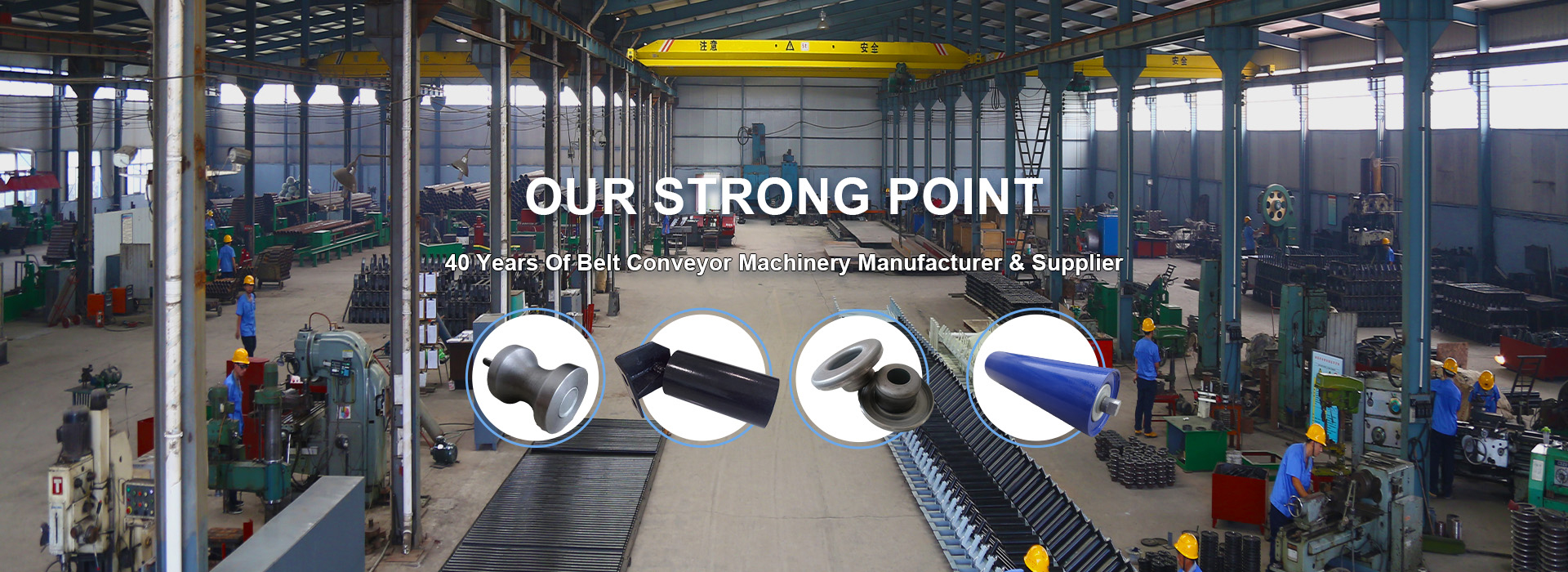 Afrikaans
Afrikaans  Albanian
Albanian  Amharic
Amharic  Arabic
Arabic  Armenian
Armenian  Azerbaijani
Azerbaijani  Basque
Basque  Belarusian
Belarusian  Bengali
Bengali  Bosnian
Bosnian  Bulgarian
Bulgarian  Catalan
Catalan  Cebuano
Cebuano  Corsican
Corsican  Croatian
Croatian  Czech
Czech  Danish
Danish  Dutch
Dutch  English
English  Esperanto
Esperanto  Estonian
Estonian  Finnish
Finnish  French
French  Frisian
Frisian  Galician
Galician  Georgian
Georgian  German
German  Greek
Greek  Gujarati
Gujarati  Haitian Creole
Haitian Creole  hausa
hausa  hawaiian
hawaiian  Hebrew
Hebrew  Hindi
Hindi  Miao
Miao  Hungarian
Hungarian  Icelandic
Icelandic  igbo
igbo  Indonesian
Indonesian  irish
irish  Italian
Italian  Japanese
Japanese  Javanese
Javanese  Kannada
Kannada  kazakh
kazakh  Khmer
Khmer  Rwandese
Rwandese  Korean
Korean  Kurdish
Kurdish  Kyrgyz
Kyrgyz  Lao
Lao  Latin
Latin  Latvian
Latvian  Lithuanian
Lithuanian  Luxembourgish
Luxembourgish  Macedonian
Macedonian  Malgashi
Malgashi  Malay
Malay  Malayalam
Malayalam  Maltese
Maltese  Maori
Maori  Marathi
Marathi  Mongolian
Mongolian  Myanmar
Myanmar  Nepali
Nepali  Norwegian
Norwegian  Norwegian
Norwegian  Occitan
Occitan  Pashto
Pashto  Persian
Persian  Polish
Polish  Portuguese
Portuguese  Punjabi
Punjabi  Romanian
Romanian  Russian
Russian  Samoan
Samoan  Scottish Gaelic
Scottish Gaelic  Serbian
Serbian  Sesotho
Sesotho  Shona
Shona  Sindhi
Sindhi  Sinhala
Sinhala  Slovak
Slovak  Slovenian
Slovenian  Somali
Somali  Spanish
Spanish  Sundanese
Sundanese  Swahili
Swahili  Swedish
Swedish  Tagalog
Tagalog  Tajik
Tajik  Tamil
Tamil  Tatar
Tatar  Telugu
Telugu  Thai
Thai  Turkish
Turkish  Turkmen
Turkmen  Ukrainian
Ukrainian  Urdu
Urdu  Uighur
Uighur  Uzbek
Uzbek  Vietnamese
Vietnamese  Welsh
Welsh  Bantu
Bantu  Yiddish
Yiddish  Yoruba
Yoruba  Zulu
Zulu tail pulley
The Importance of the Tail Pulley in Conveyor Systems
In industrial settings, the efficient movement of materials is crucial for optimal operations. Conveyor systems play a pivotal role in this process, and among their numerous components, the tail pulley stands out as a key element. This article explores the significance of the tail pulley, its functions, and its impact on the overall performance of conveyor systems.
The tail pulley, located at the end of a conveyor belt, serves multiple purposes. Primarily, it helps to maintain the tension and alignment of the conveyor belt. By securing one end of the belt, the tail pulley ensures that the material being transported is guided smoothly, preventing misalignment that could lead to operational disruptions. Proper tension is vital, as it not only affects the efficiency of the conveyor but also prolongs the lifespan of the belt and other component parts.
Moreover, the tail pulley acts as a return or idle pulley, allowing the belt to return to its starting position after it has discharged the transported material
. This return path is essential for continuous operation, as it facilitates the loop of the conveyor belt system. Without a functioning tail pulley, the belt would not be able to complete its cycle, resulting in downtime that can be costly for businesses.tail pulley

Another important function of the tail pulley is to support the weight of the loaded conveyor belt. This support is critical, especially in applications involving heavy materials. The tail pulley must be robust enough to handle the stresses and forces exerted by both the belt and the load, making material selection and design crucial factors in its construction. Engineers often choose durable materials such as steel or high-strength alloys for tail pulleys to enhance their performance and resistance to wear and tear.
In addition to structural support and tension management, the tail pulley also facilitates the installation of various accessories, such as scrapers and rollers. These accessories help maintain the cleanliness of the conveyor system, reducing the risk of material buildup that can lead to malfunction. Keeping the conveyor belt free of debris not only ensures smoother operation but also mitigates the potential for accidents and injuries.
In conclusion, the tail pulley is a vital component of conveyor systems that plays an indispensable role in their operation. It not only maintains belt tension and supports heavy loads but also aids in the overall efficiency and safety of material handling processes. As industries continue to evolve and grow, the design and functionality of tail pulleys will also advance, ensuring that they meet the demands of modern material handling efficiently and effectively. Recognizing the importance of this unassuming component can lead to better system designs and enhanced operational productivity in various industrial applications.
-
Revolutionizing Conveyor Reliability with Advanced Rubber Lagging PulleysNewsJul.22,2025
-
Powering Precision and Durability with Expert Manufacturers of Conveyor ComponentsNewsJul.22,2025
-
Optimizing Conveyor Systems with Advanced Conveyor AccessoriesNewsJul.22,2025
-
Maximize Conveyor Efficiency with Quality Conveyor Idler PulleysNewsJul.22,2025
-
Future-Proof Your Conveyor System with High-Performance Polyurethane RollerNewsJul.22,2025
-
Driving Efficiency Forward with Quality Idlers and RollersNewsJul.22,2025





























